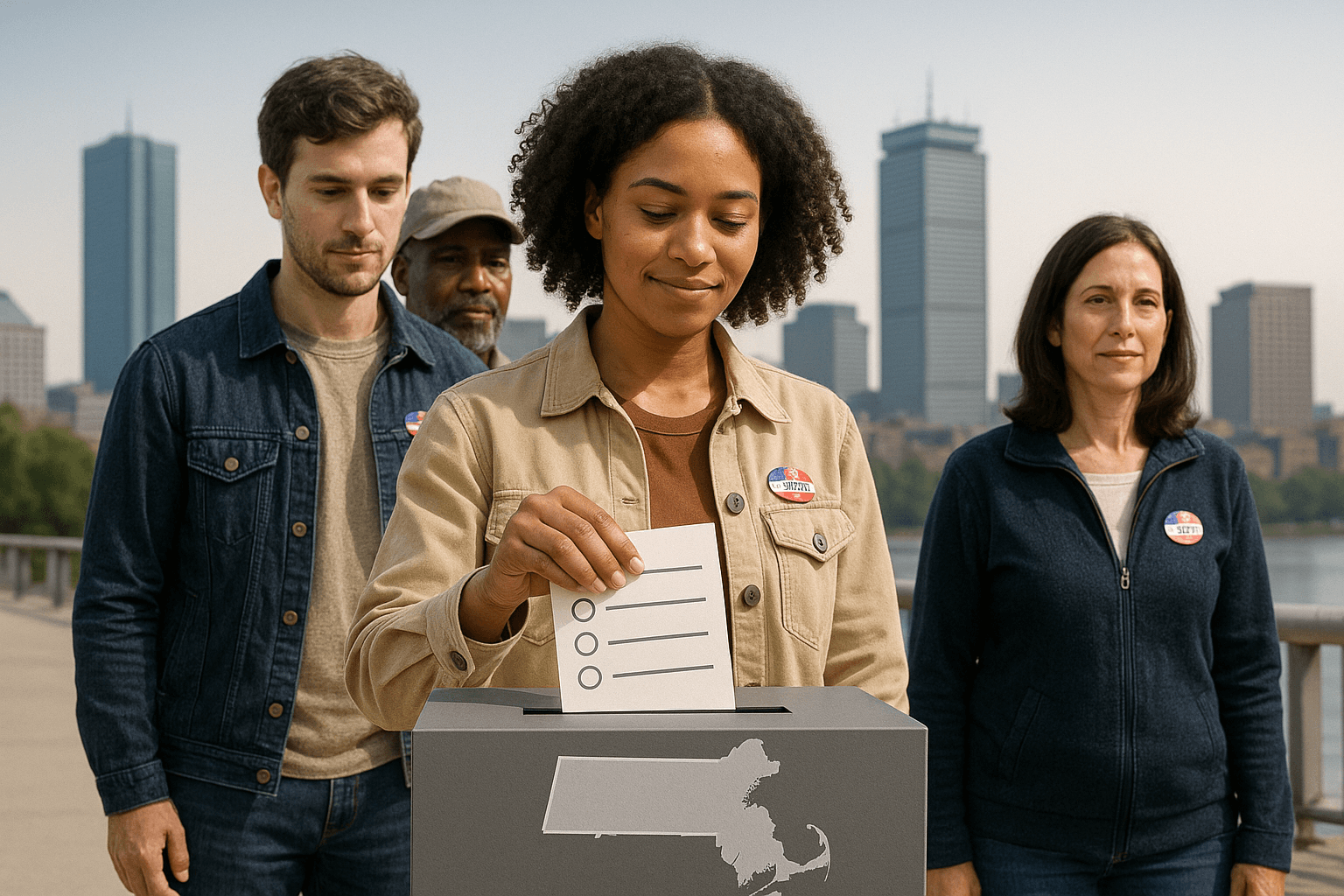When It Comes to Poverty, We Have to Ask The Right Question to Get The Right Result

To solve a problem, we have to ask the right question. For example, is our goal to increase the minimum wage or to reduce poverty? If our goal is to reduce poverty, the next question would be: what is the best way to reduce poverty?
By taking this approach, we would more clearly see increasing the minimum wage is a tool to achieve our goal of reducing poverty. And we would be more open to alternatives, which in combination with a minimum wage would better enable us to achieve our goal such goal.
I support a minimum wage. However, the exact amount in many jurisdictions is best left to local government. For example, having a minimum wage that is high enough to have an impact in LA would have a devastating impact in Bakersfield.
Second, increasing the minimum wage by itself will not eradicate poverty. Almost half of minimum wage workers live in middle or high-income households, and almost a third of them are under the age of 22.
Third, increasing the minimum wage costs jobs. A study by the American Enterprise Institute found a stagnation in restaurant jobs following a minimum wage increase in Seattle. Also, increasing the minimum wage encourages businesses to purchase machines instead of hiring people. If a person costs $15 per hour and a machine $11 an hour, the business will buy the machine.
Finally, a higher minimum wage makes it harder for small businesses to succeed.
Fortunately, according to the U.S. Census Bureau, we have a powerful tool that can help us reduce poverty: the Earned Income Tax Credit (EITC). This program has already lifted millions out of poverty and has the potential to help millions more. It does so by making direct payments of funds from the government to the worker.
For example, if you have three children, you may be eligible for a check over $6,000 annually. And since EITC goes down the more someone makes, the worker always has an incentive to work more.
Thus, while there is a role for the minimum wage, our focus should be on increasing the EITC as it is more effective at (a) putting more money in the pockets of the people we are trying to help, (b) enabling others to keep their job, (c) making workers more competitive versus machines and (d) enabling small businesses to succeed.
Photo Source: Reuters



